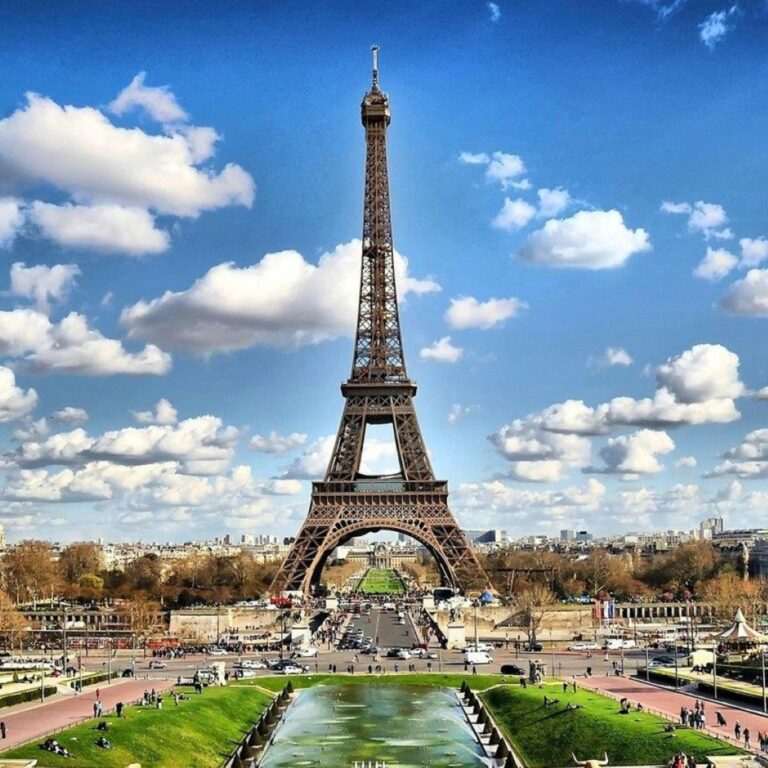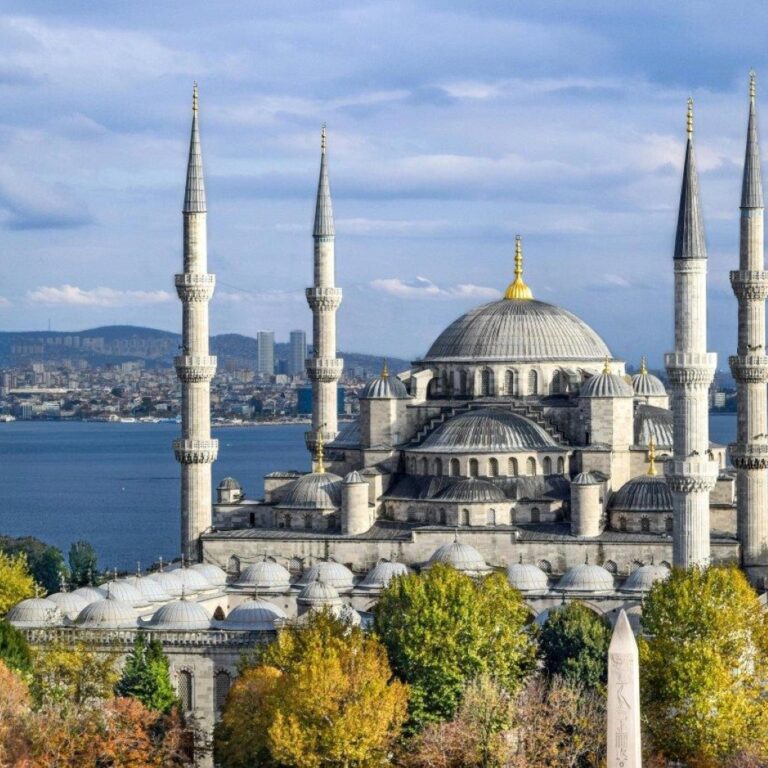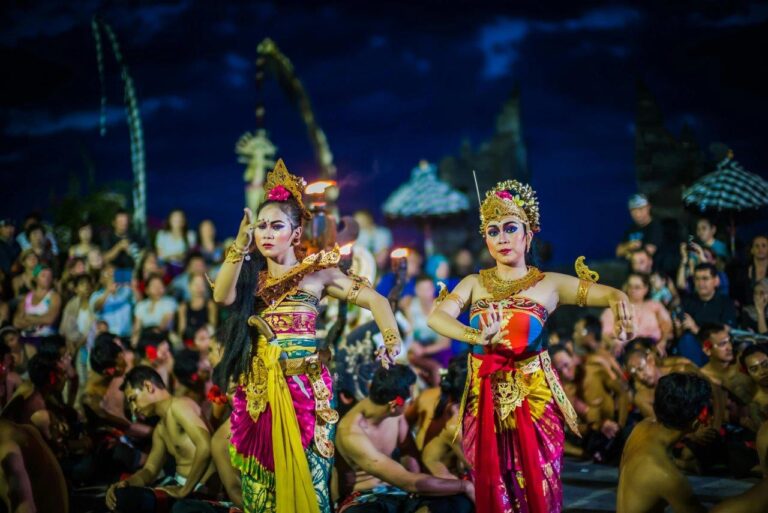The Eiffel Tower was constructed for the 1889 Exposition Universelle (World's Fair) held to celebrate the 100th anniversary of the French Revolution.
It was designed by the French engineer Gustave Eiffel and his company, with construction taking just over two years, from 1887 to 1889.
The tower stands at 324 meters (1,063 feet) tall, making it the tallest structure in Paris and one of the most visited monuments in the world.
Originally, the Eiffel Tower was intended to be dismantled after 20 years, but it was saved due to its usefulness as a radiotelegraph station.
The tower is made of iron and weighs approximately 10,100 tons.
It was the tallest man-made structure in the world until the completion of the Chrysler Building in New York City in 1930.
The Eiffel Tower has three levels open to the public, with restaurants on the first and second levels and an observation deck on the third level.
The tower is repainted every seven years to protect it from rust, using about 60 tons of paint each time.
More than 250 million people have visited the Eiffel Tower since its opening in 1889.
During World War II, the lift cables of the tower were cut, and it remained closed to the public until 1946.
The Eiffel Tower expands and contracts with the temperature, growing up to 6 inches taller in the summer heat.
It is illuminated by 20,000 light bulbs every evening, creating a stunning display visible throughout Paris.
The tower sways slightly in the wind, but its design allows it to withstand strong gusts.
The names of 72 scientists, engineers, and mathematicians are engraved on the sides of the tower, honoring their contributions to science and industry.
The Eiffel Tower has appeared in numerous films, books, and artworks, solidifying its status as a cultural and architectural icon.



